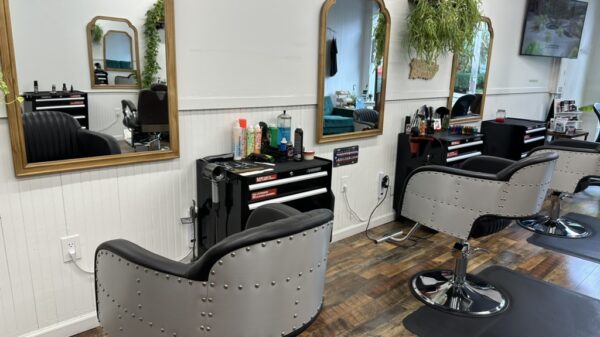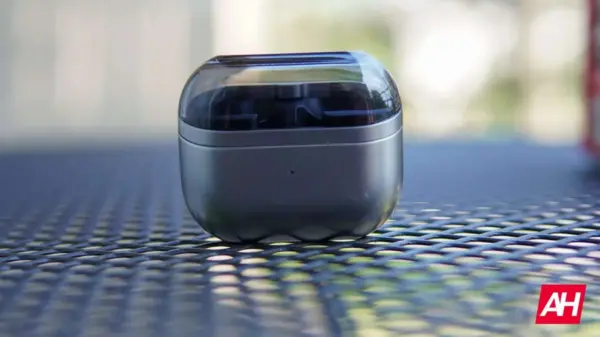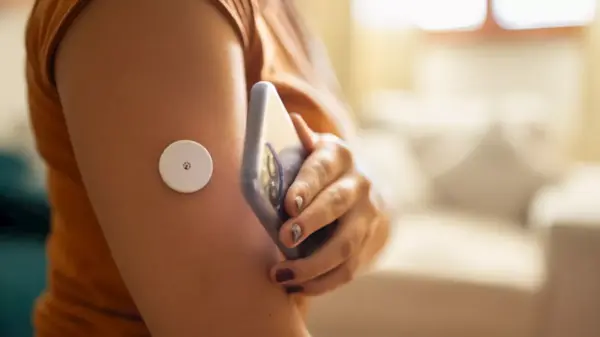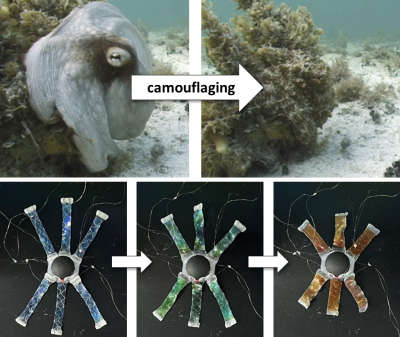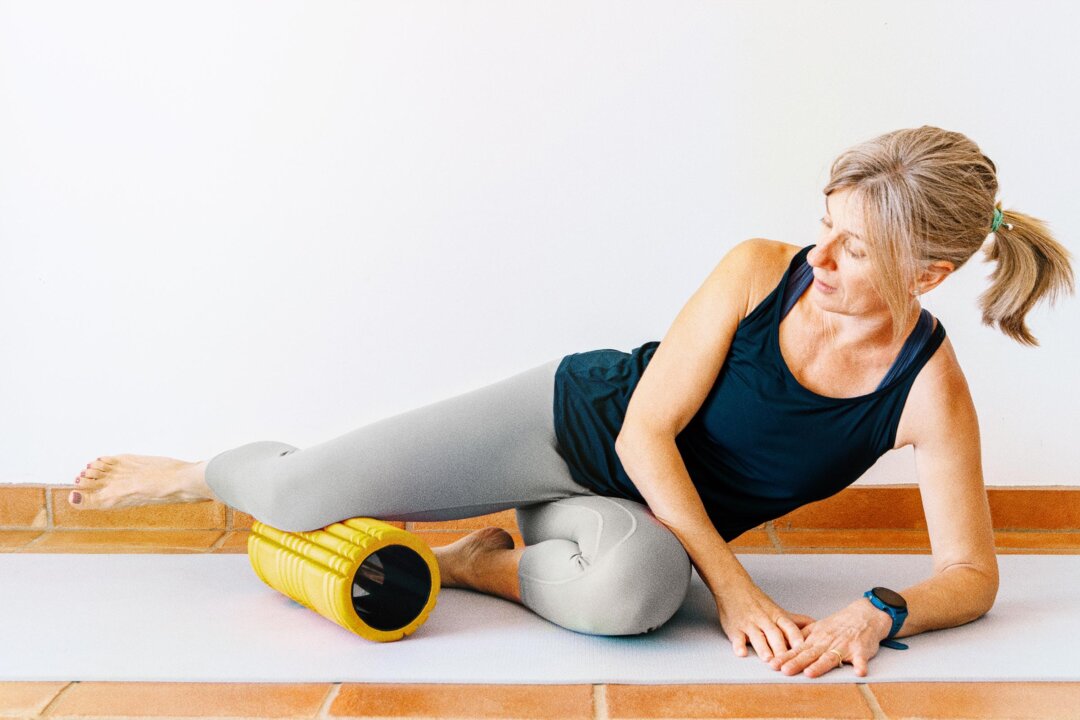For those struggling with joint pain, a new approach has emerged that shifts the focus from traditional medical consultations to self-directed remedies. Mobility expert Juliet Starrett, co-author of the book “Built to Move”, emphasizes that effective relief can often be found through simple techniques that can be performed at home.
Starrett explains that pain in the joints is frequently not isolated to the joint itself. Instead, issues may stem from tension in surrounding muscles or connective tissues, such as stiff quadriceps or hamstrings. She shared her insights during an interview with The Epoch Times, highlighting the importance of addressing these underlying causes.
Understanding Joint Pain and Its Root Causes
Many individuals may experience what they perceive as joint pain without recognizing the source. According to Starrett, “Oftentimes you may be experiencing pain in the joint, but really it’s being caused by a stiff quad or hamstring or a stiff piece of connective tissue.” This insight encourages a more comprehensive approach to pain relief, where the focus is not solely on the joint but rather on the whole kinetic chain of muscles and tissues.
A practical recommendation from Starrett is to utilize a foam roller, a common tool in physical therapy and fitness. She advises individuals experiencing non-specific knee pain to get on the floor with a foam roller and work on the tissues both upstream and downstream of the pain. This technique can help release tension and improve mobility, potentially alleviating discomfort.
Practical Steps for Relief
To implement this method, Starrett suggests a straightforward routine that takes approximately ten minutes. Starting with the foam roller on the quadriceps, individuals can roll gently to identify areas of tightness. Following this, attention can shift to the hamstrings and calves, ensuring that all relevant muscle groups are addressed.
The accessibility of such techniques has been enhanced by the proliferation of online resources, enabling individuals to learn and apply these methods without the need for a professional visit. Starrett’s insights reflect a growing trend in health and wellness where self-care and education empower individuals to take charge of their physical well-being.
The shift towards self-directed care may not only provide immediate relief but also cultivate a deeper understanding of one’s body mechanics. As more people explore these techniques, the landscape of joint pain management continues to evolve, offering hope to those seeking alternatives to traditional medical interventions.
In conclusion, as methods for managing joint pain become more accessible, individuals are encouraged to explore these techniques. With just a few minutes each day, relief may be within reach, contributing to a healthier, more active lifestyle.















